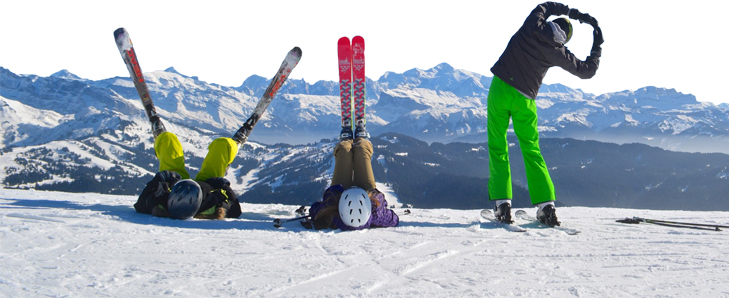When Is The Ski Season In Europe?
POSTED:
POSTED:
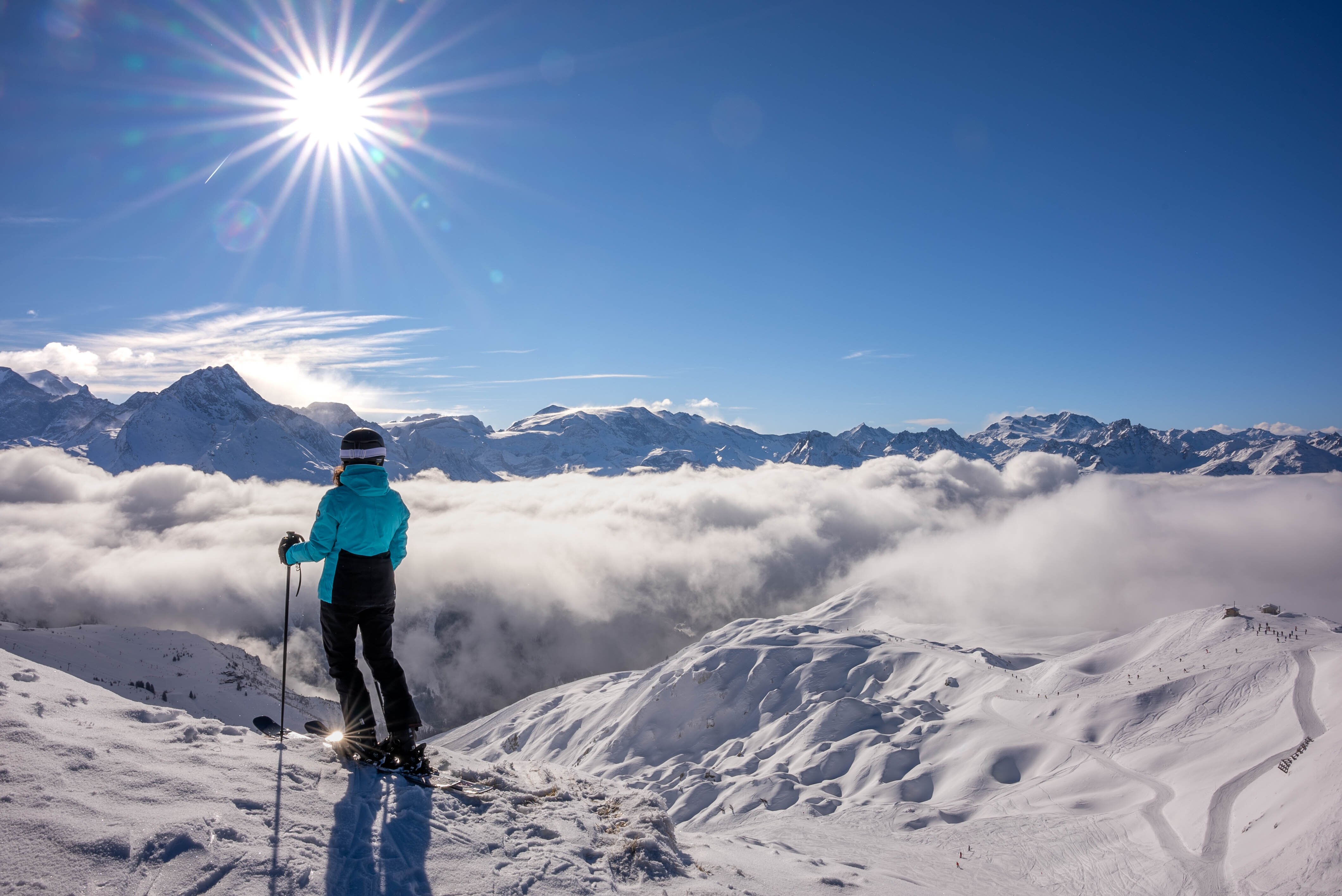_w=672_h=445_pjpg.jpg?v=202403110927)
If you're new to the world of skiing or you're busy planning the perfect ski holiday with family or friends, you're probably wondering when the best time to go is.
For many, the anticipation of carving down freshly groomed ski slopes or getting fresh tracks is what winter dreams are made of but it’s crucial to choose the right destination and time of holiday for optimal snow conditions and experience.
Whether you're seeking the festive atmosphere of Christmas or New Year, reliable mid-winter snow conditions or sun-soaked spring skiing, each period has its advantages.
In this blog, we'll guide you through the seasonal variations across the top European destinations and help you understand when to experience the best that European skiing has to offer, from the legendary pistes of the French Alps to the well-known resorts of Austria, Switzerland and Italy.
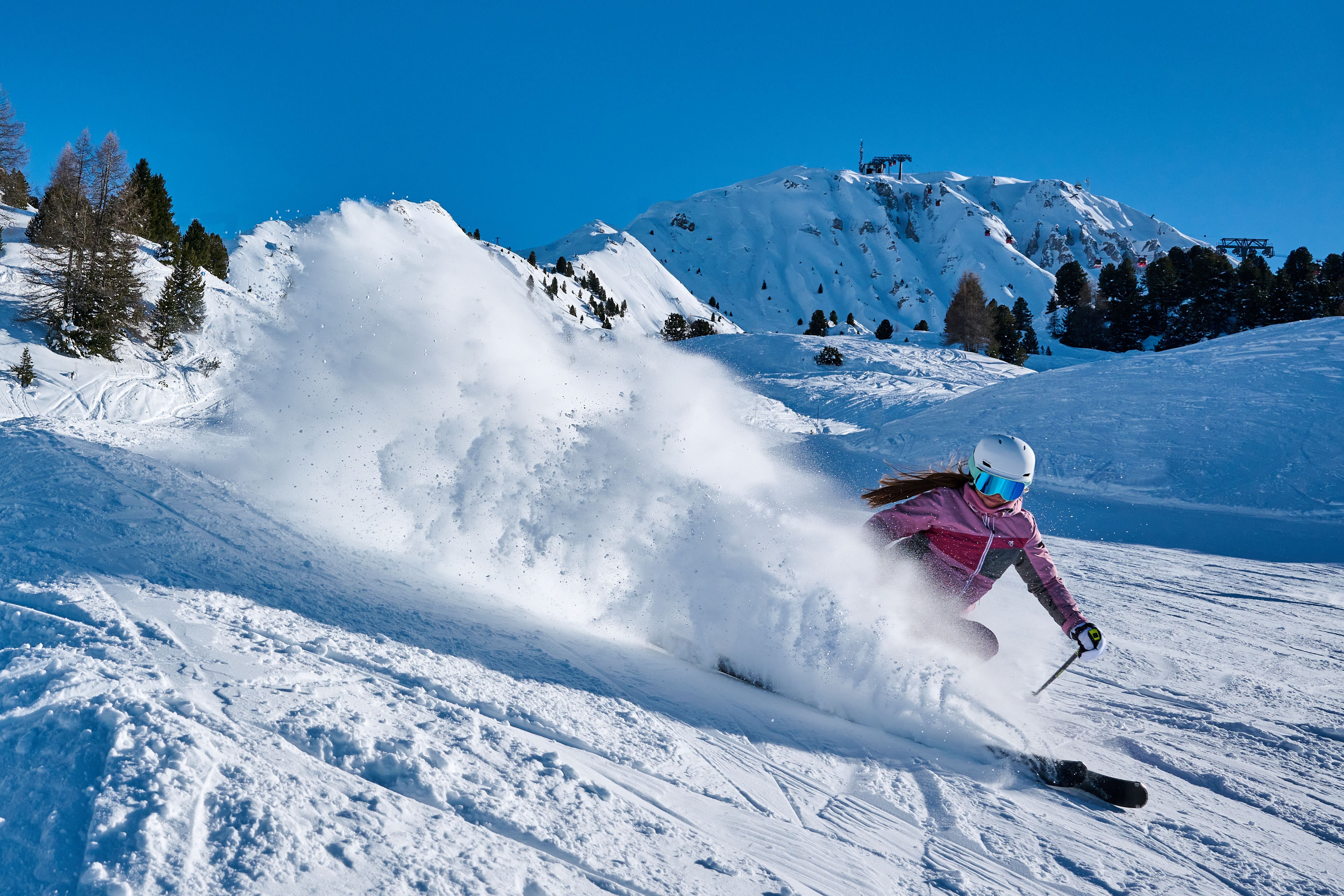_w=870_h=560_pjpg.jpg?v=202403110927)
The Northern Hemisphere ski season typically operates from December to April, when winter blankets the mountains of Europe and North America with snow. Most European resorts aim to open in early December, with the season hitting its stride mid-December before concluding mid to late April.
Did you know that with a bit of adventure and the right planning, you can chase winter around the globe and ski every month of the year? When summer arrives in the Northern Hemisphere and summer hiking and mountain biking have become the focus for many European ski resorts, the Southern Hemisphere welcomes winter with open arms. From June to September, countries like New Zealand, Australia, Chile and Argentina offer skiing against the backdrop of stunning southern landscapes.
Popular Southern Hemisphere ski resorts:
Altitude and location play crucial roles in determining the length and quality of a ski season. Higher altitude resorts generally benefit from earlier snowfall, colder temperatures and longer-lasting snow coverage. For example, European resorts situated around 2,000 metres, such as Val Thorens in France (sitting at 2,300 m) and Arc 1950, often enjoy more reliable conditions and extended seasons compared to lower-lying destinations such as La Clusaz (1,040 m). Slope aspect also plays a part too - north-facing slopes also retain snow better by receiving less direct sunlight, while south-facing pistes may offer more pleasant skiing temperatures but can experience faster snow deterioration during warmer periods.
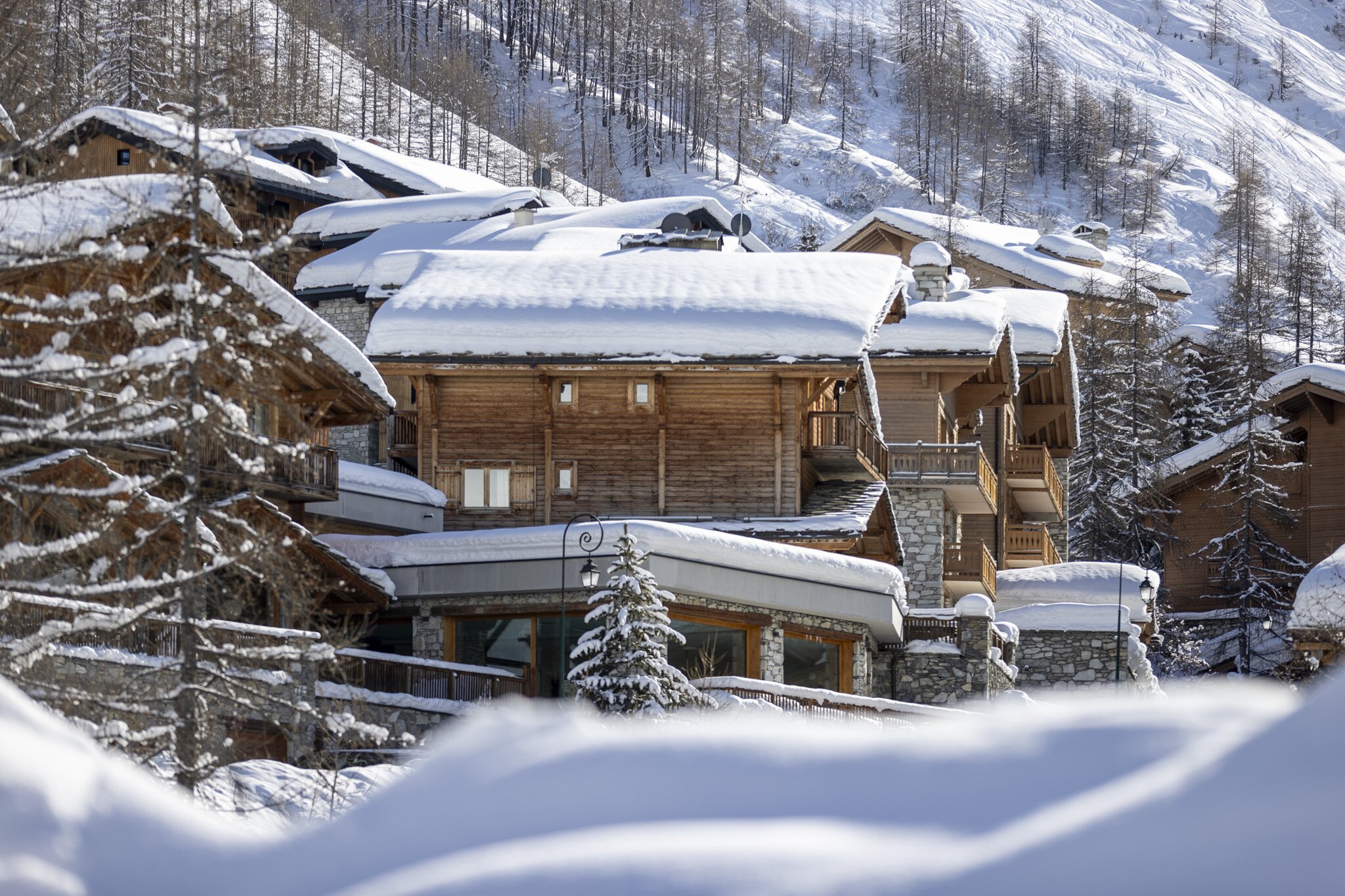_w=427_h=560_pjpg.jpg?v=202403110927)
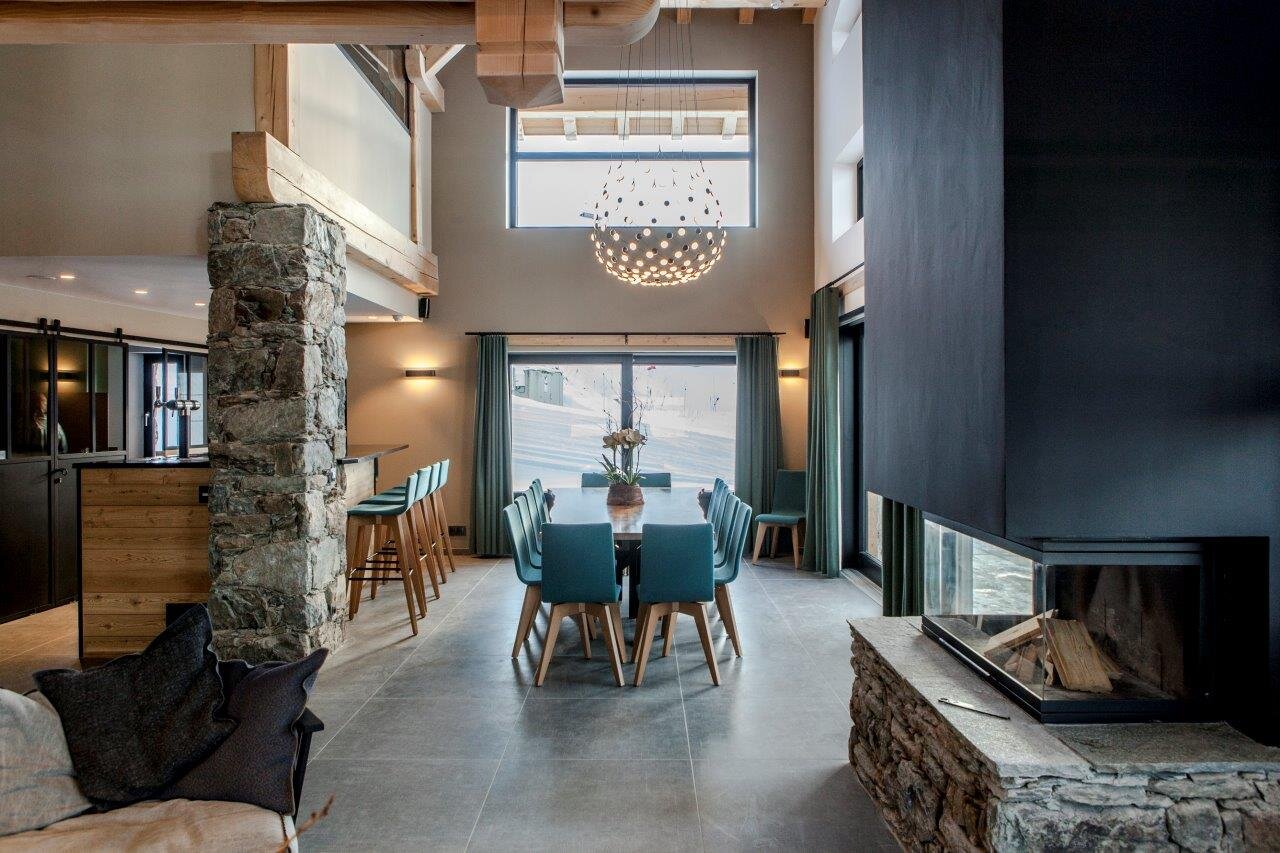_w=427_h=560_pjpg.jpg?v=202403110927)
The French Alps are among Europe's top skiing destinations, offering exceptional experiences throughout the winter. Here's what you need to know about VIP SKI's chosen French resorts:
For optimal conditions without the crowds, consider early December, January, early February or early March when slopes are quieter, yet snow quality remains excellent. The Christmas and New Year periods deliver a magical atmosphere, though expect higher prices and busier pistes. Easter brings pleasant spring skiing opportunities, combining longer, sunnier days with surprisingly good snow coverage on higher north-facing slopes - just be sure to choose a high-altitude resort like Val d'Isère (1,850 m) or Val Thorens for reliable spring conditions. For the perfect balance of snow quality and value, mid-January into early February typically offers the best overall experience before French school holidays begin.
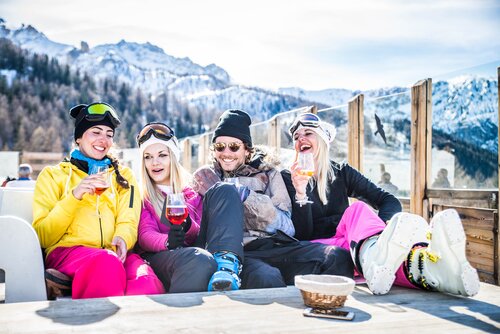_w=870_h=560_pjpg.jpg?v=202403110927)
Switzerland offers some of Europe's most legendary and snow-reliable ski destinations.
The most reliable snow conditions typically occur from mid-January into February, when consistent cold temperatures maintain snow quality across all elevations. For those seeking good conditions with smaller crowds, think about booking for early December and March, while March delivers longer, sunnier days with reliable coverage. Switzerland also offers summer skiing opportunities from July to October on the glaciers above Zermatt and Saas-Fee, where morning skiing pairs perfectly with afternoon alpine activities such as climbing, hiking and mountain biking.
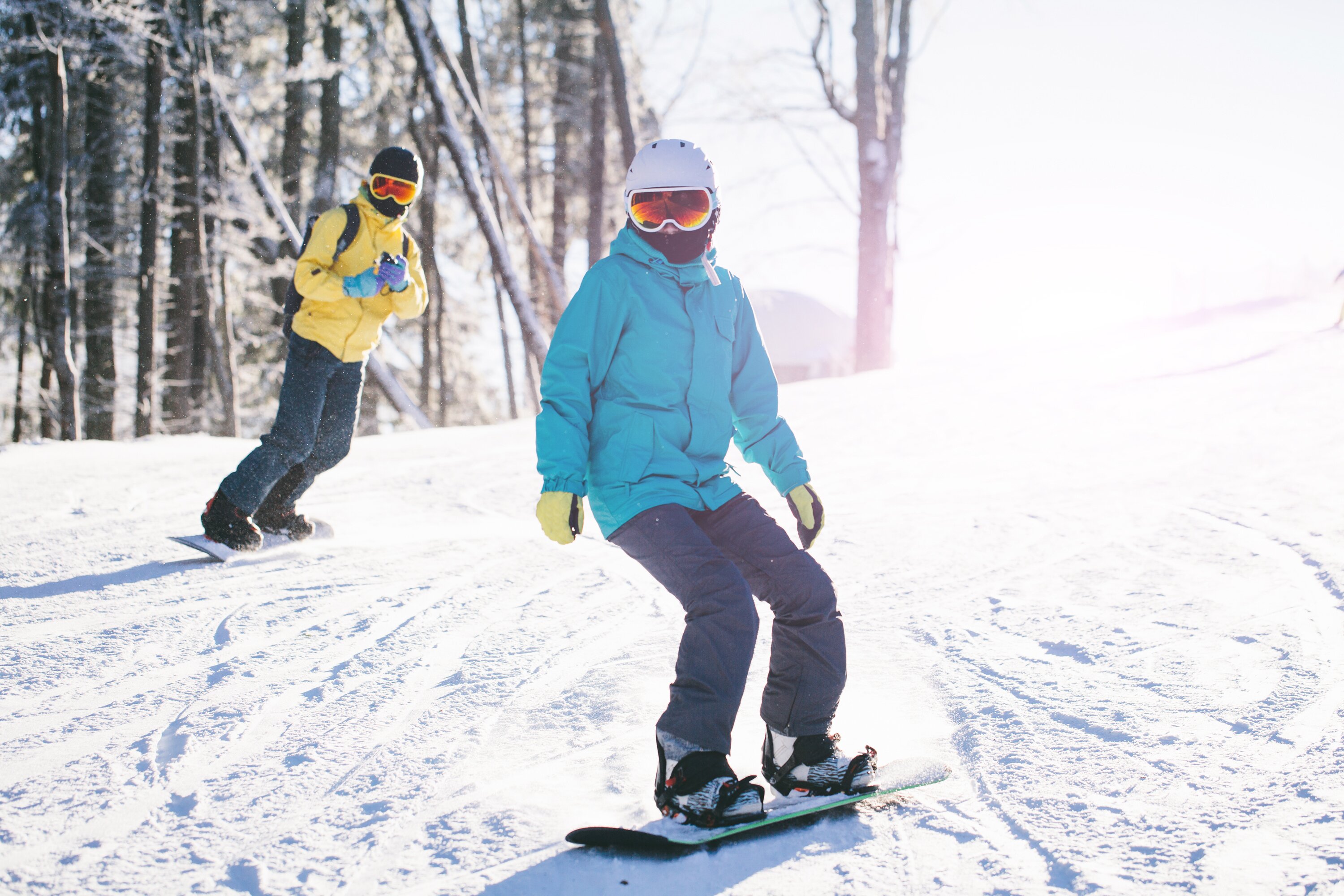_w=870_h=560_pjpg.jpg?v=202403110927)
Austria combines charming Alpine tradition with exceptional ski terrain.
For the best value combined with good snow conditions, early December and March stand out - early December delivers surprisingly good coverage at higher resorts, while March offers reliable snow with increasing sunshine and smaller crowds after the school holiday periods. For those seeking festive charm, Austria's Christmas season is unmatched, with traditional markets, torch-lit descents and events in resort creating a magical atmosphere, albeit with premium pricing and busier slopes.
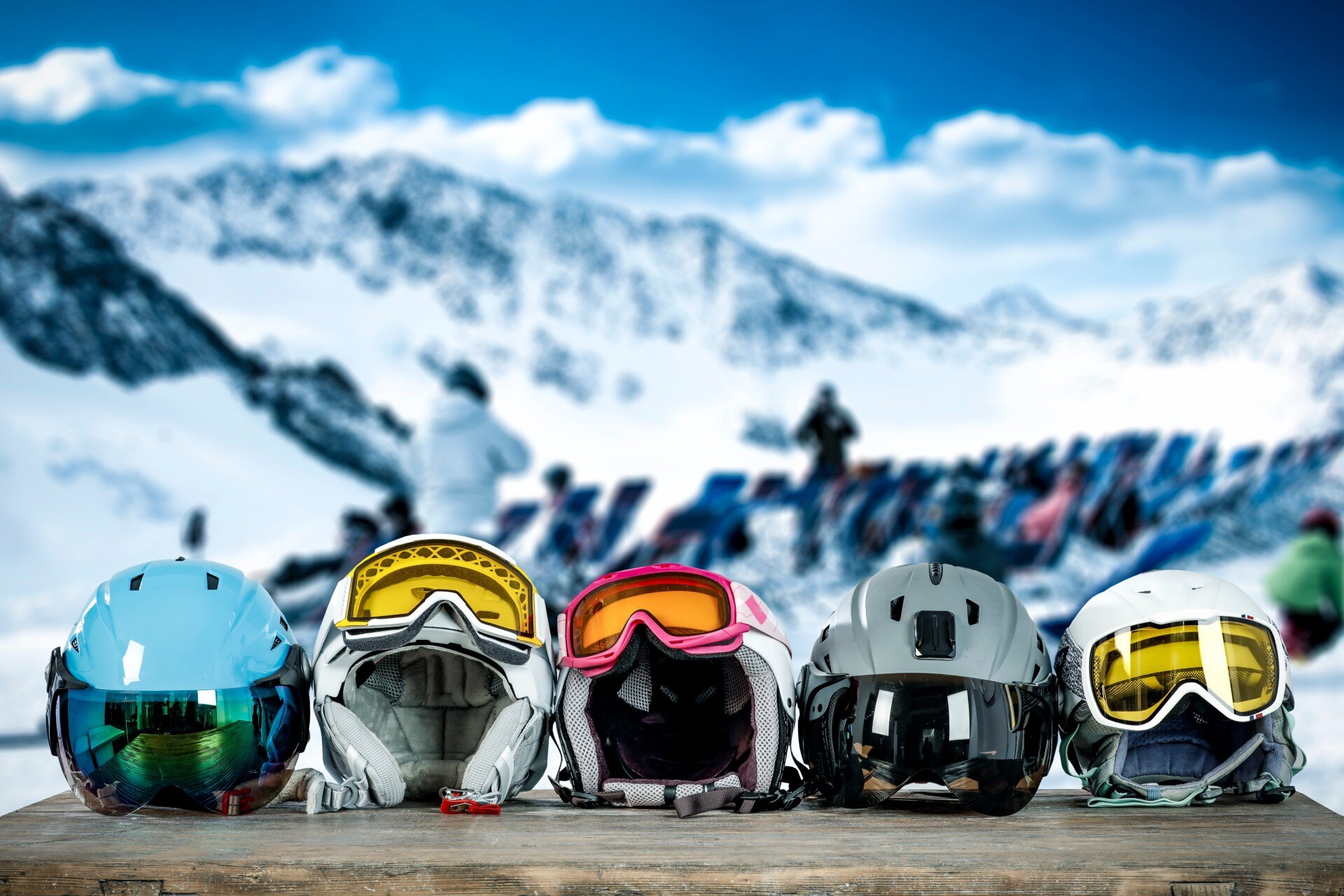_w=870_h=560_pjpg.jpg?v=202403110927)
Italy offers a distinctive blend of spectacular skiing and Italian hospitality.
Although January provides uncrowded slopes and the most reliable snow conditions across all Italian ski destinations, their resorts truly excel in the mid-season sweet spot, when reliable snow conditions combine with the country's famous cuisine, sunny terraces and more leisurely Alpine approach. For spring skiing enthusiasts, high-altitude resorts like Cervinia and Livigno offer surprisingly good conditions well into April, where morning skiing on well-preserved slopes can be paired with relaxing afternoon sun on mountain terraces.
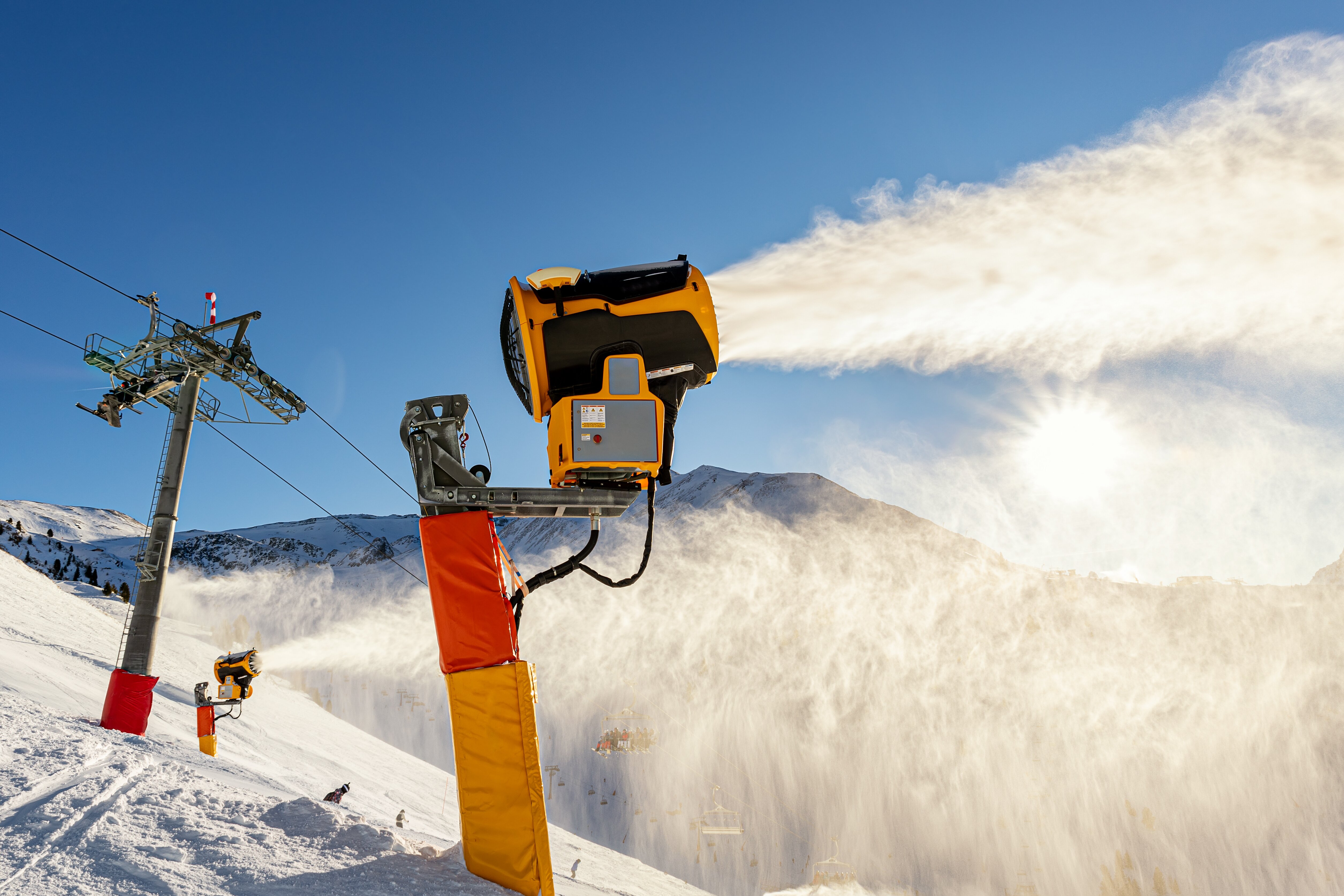_w=870_h=560_pjpg.jpg?v=202403110927)
Recent years have shown noticeable shifts in traditional Alpine snow patterns. Lower-altitude resorts (below 1,500 m) are experiencing shorter reliable seasons with later opening dates and earlier closures. The "guaranteed" snow periods are gradually shifting, with January and February remaining most reliable while December has become increasingly variable. Spring conditions are arriving earlier, with April skiing becoming less dependable in lower-altitude resorts.
Meanwhile, modern snowmaking technology has helped extend seasons at many resorts, particularly at the beginning and end of the traditional calendar, though nothing quite compares to the joy of skiing on fresh powder if you are lucky enough to enjoy fresh snowfall during your ski holiday.
European ski destinations are responding proactively to changing conditions by investing in advanced snowmaking technology and connecting ski areas to provide more options for skiers across different elevations and exposures.
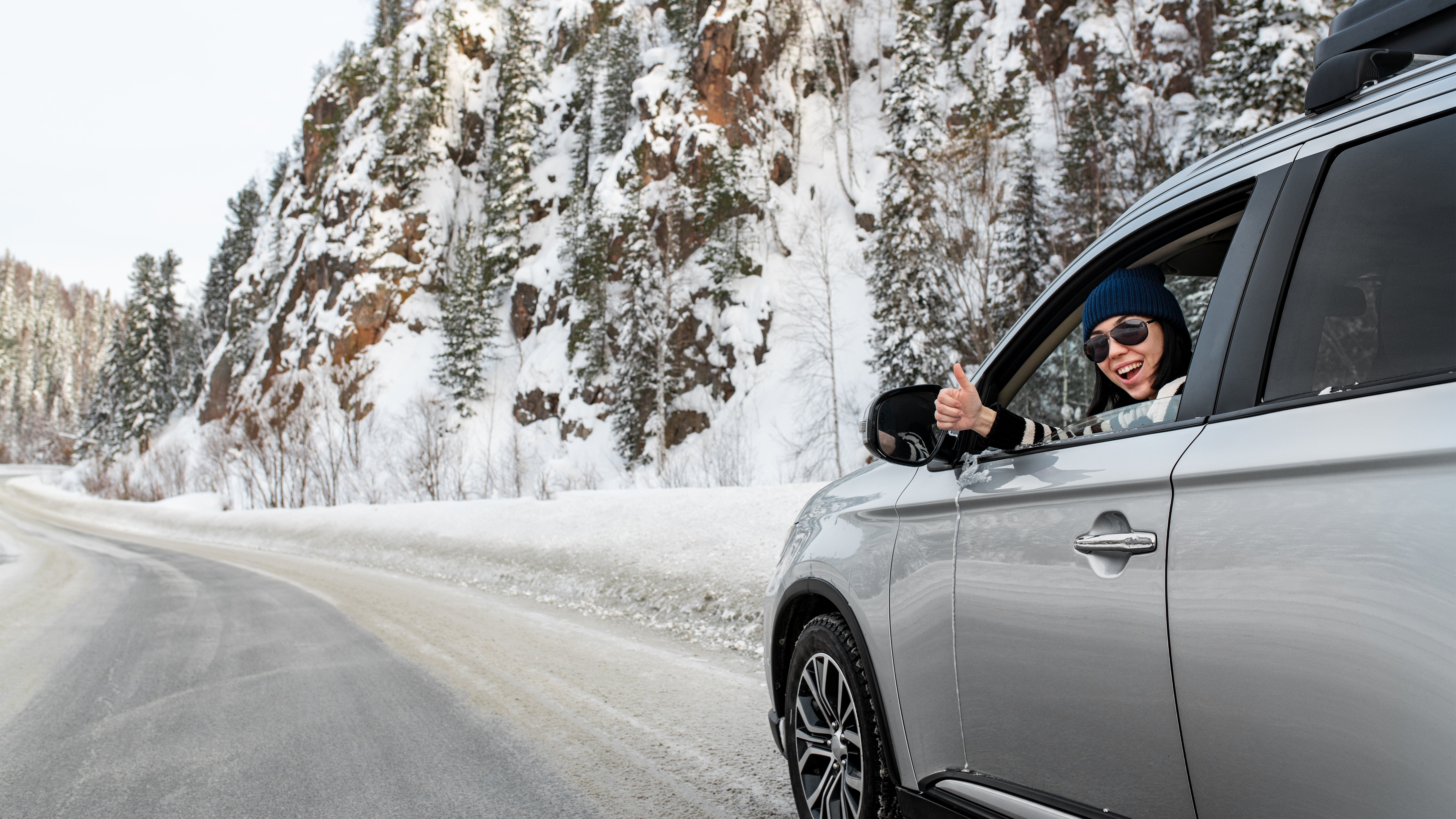_w=870_h=560_pjpg.jpg?v=202403110927)
Home to the world's most legendary resorts that combine centuries of Alpine tradition with cutting-edge facilities, Europe remains one of the best destinations for ski enthusiasts. With convenient access via frequent, budget-friendly flights from the UK or the scenic option of driving through picturesque countryside, European skiing offers unparalleled accessibility for families and friends seeking unforgettable mountain experiences.
At VIP SKI, our carefully curated collection of luxury catered ski chalets and our award-winning family ski hotel, Bear Lodge, are located in high-altitude, snow-sure resorts in the French Alps. This strategic positioning ensures our guests can enjoy fantastic snow conditions from that exciting first ski at the beginning of December right through to sun-drenched spring skiing at the end of April.
Need help choosing the perfect resort or accommodation for your group? Millie, Cam, Louise, Maxine and Jess know our resorts and chalets inside out and are on hand to answer any questions you may have.
Please contact Louise, Jess, Maxine, Cam or Millie if you have any questions.
